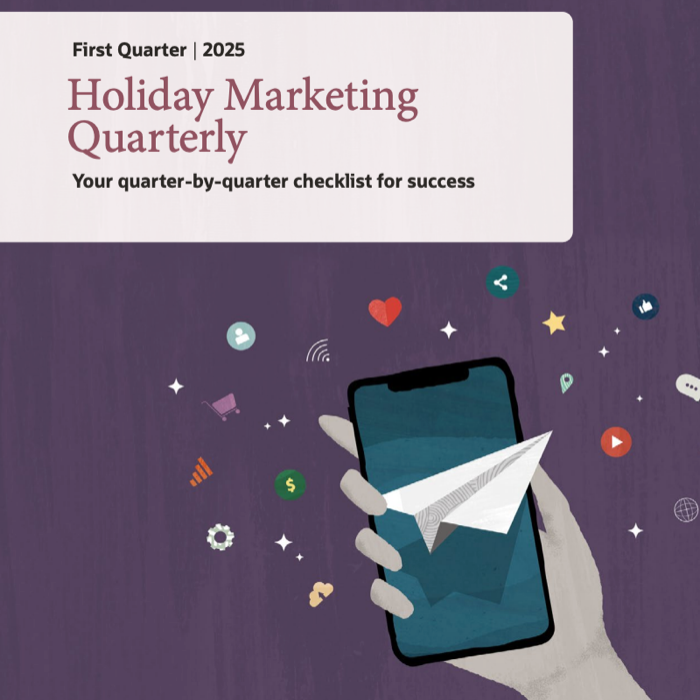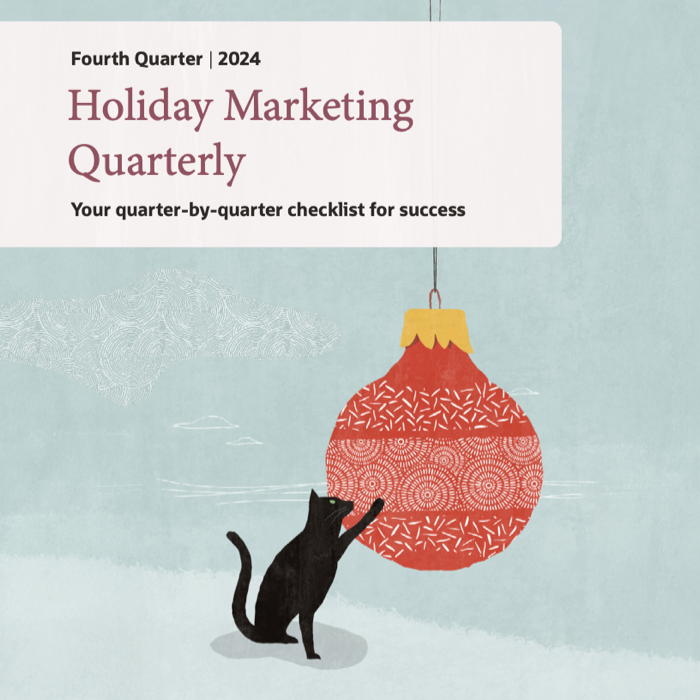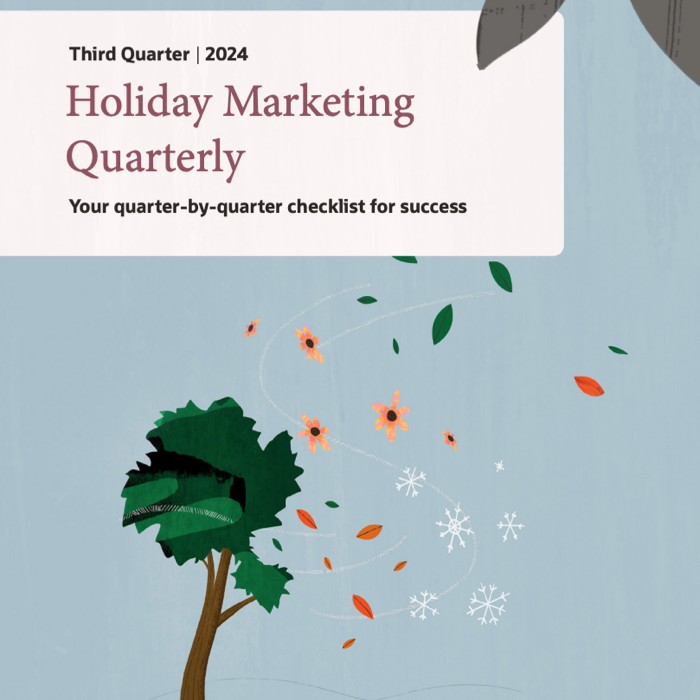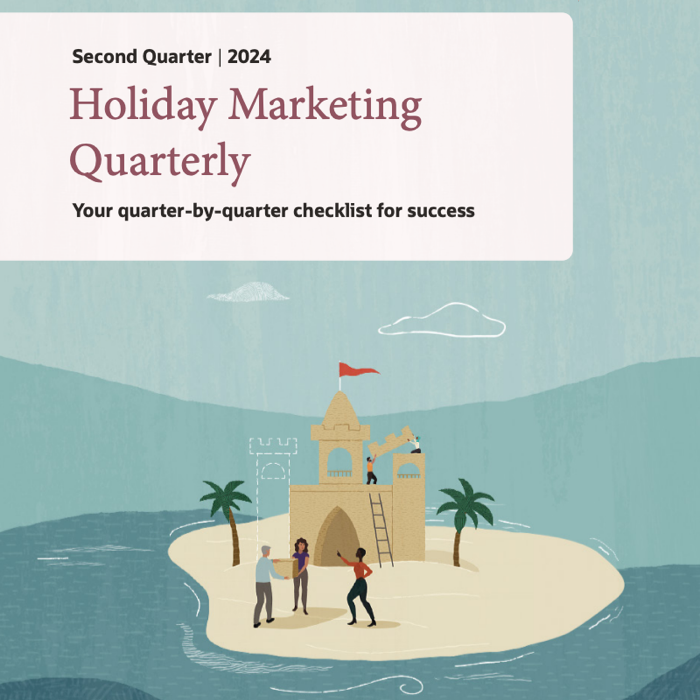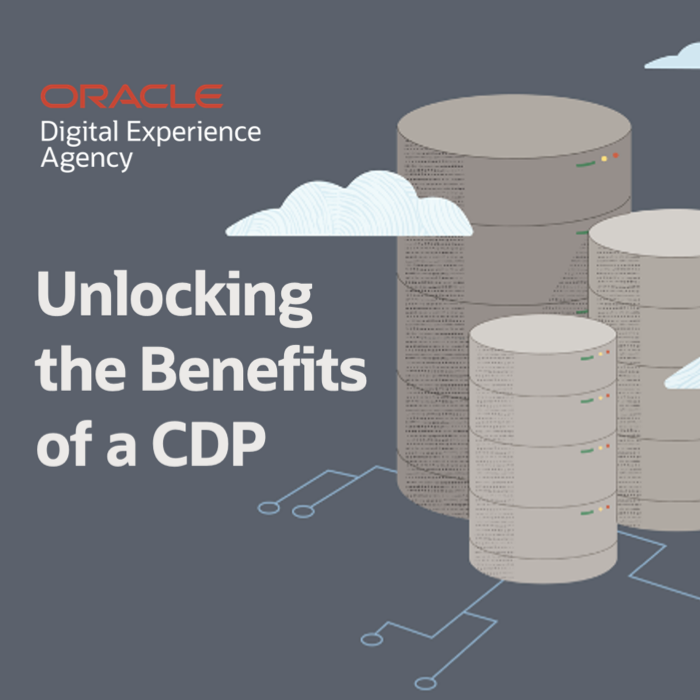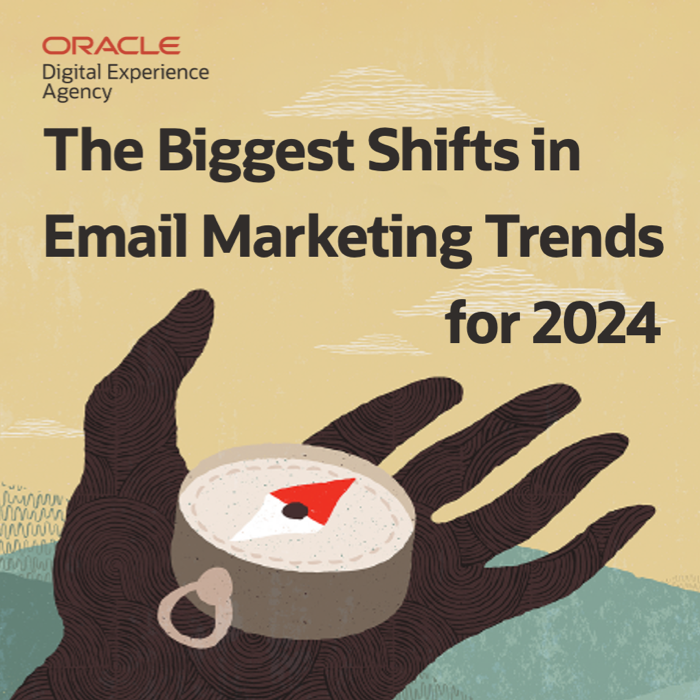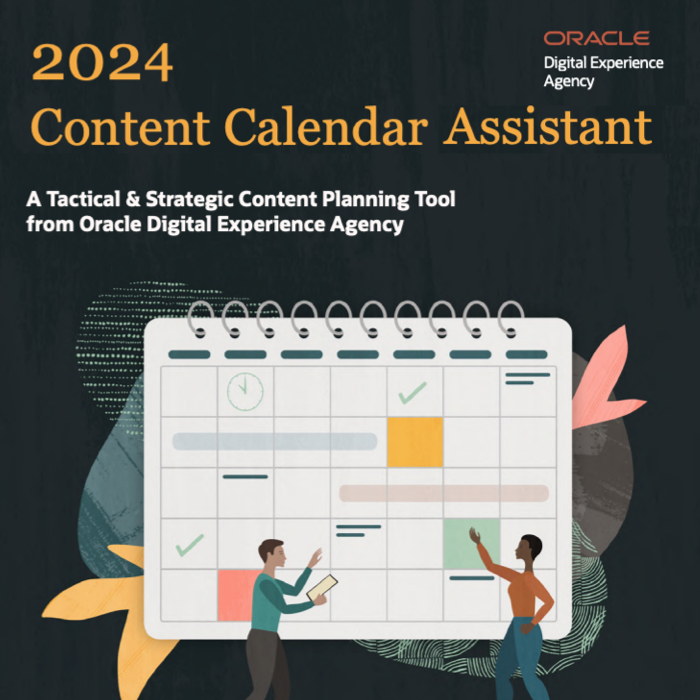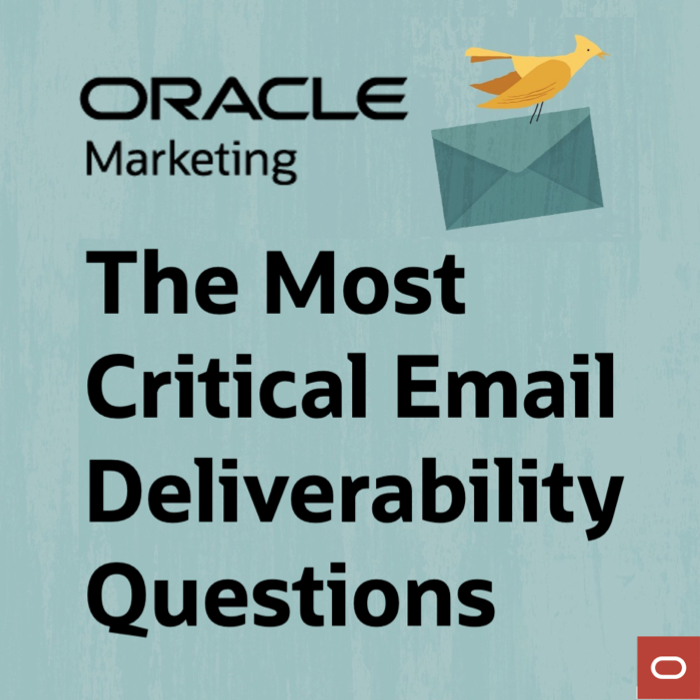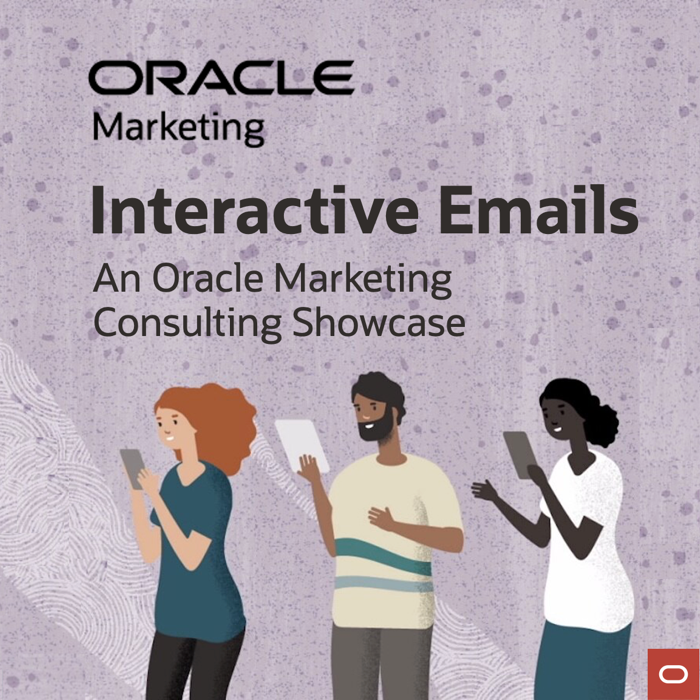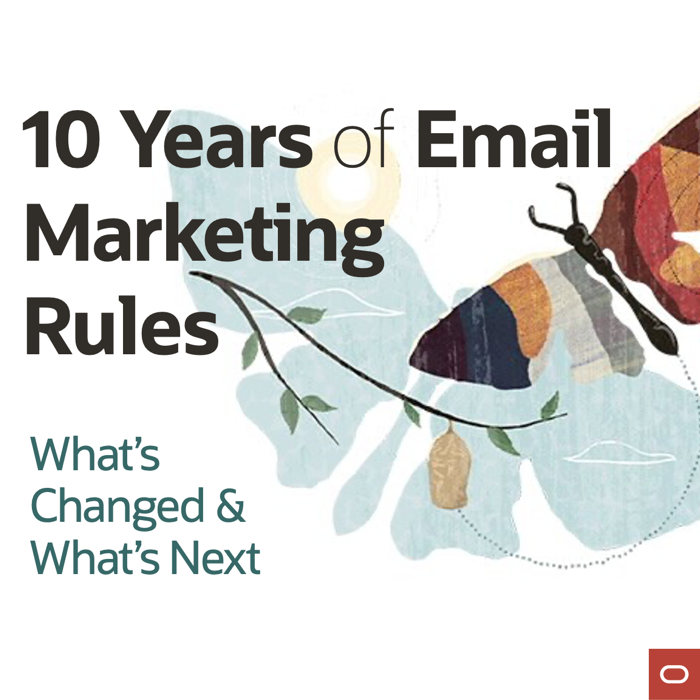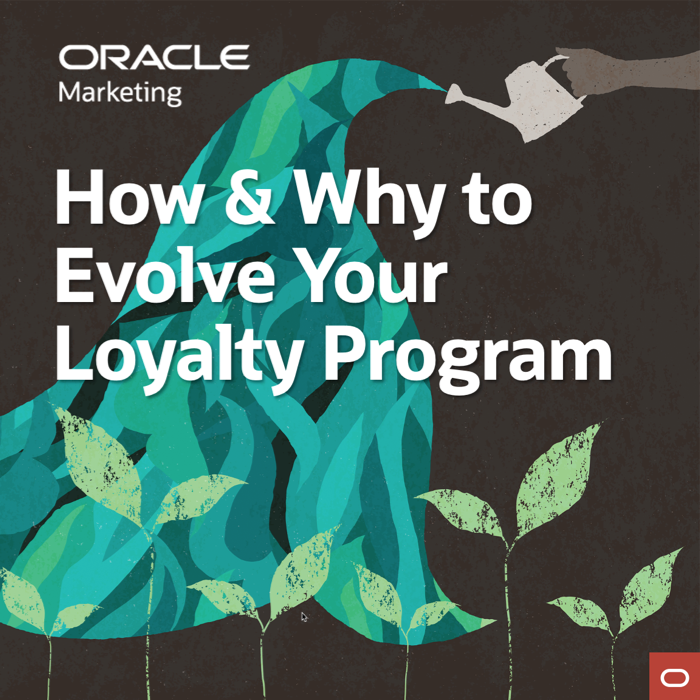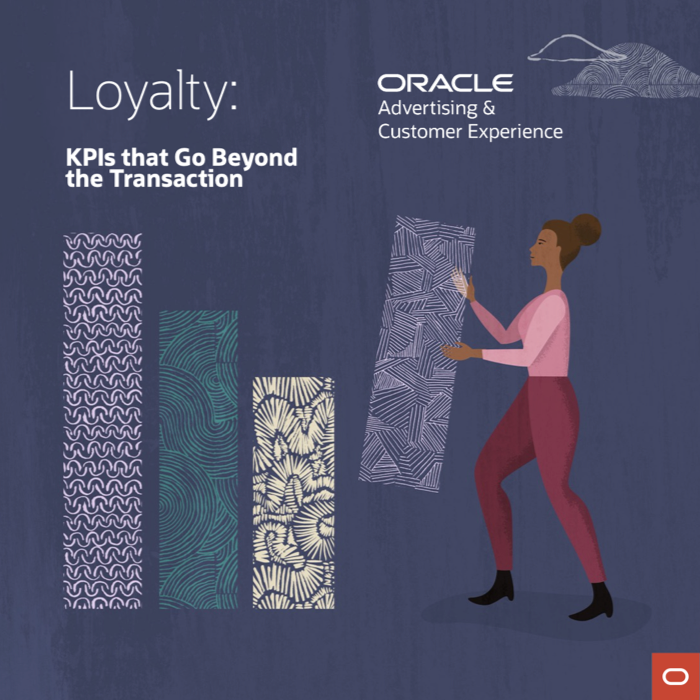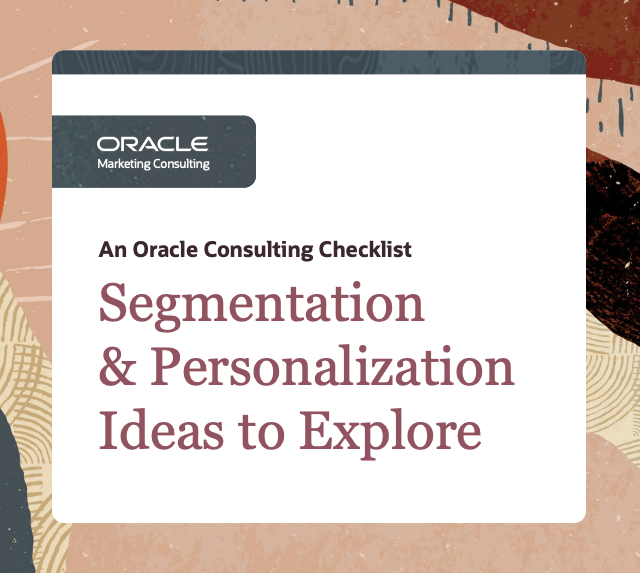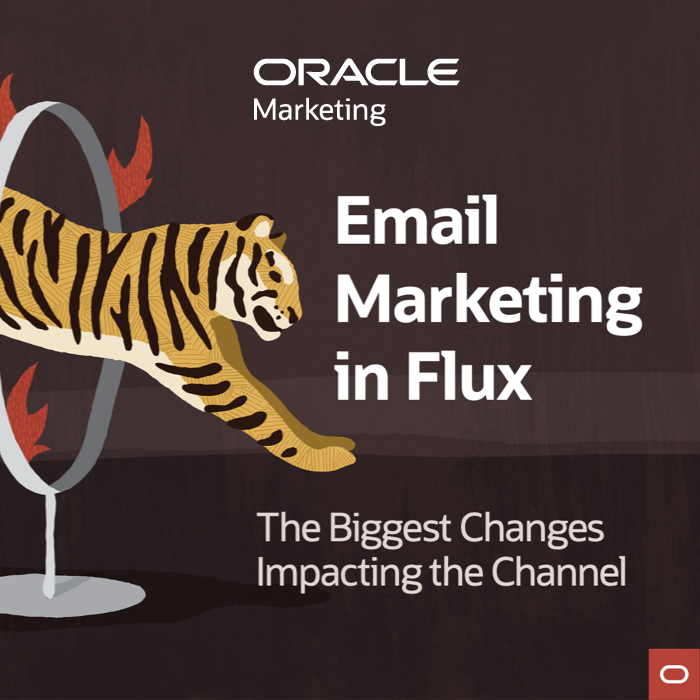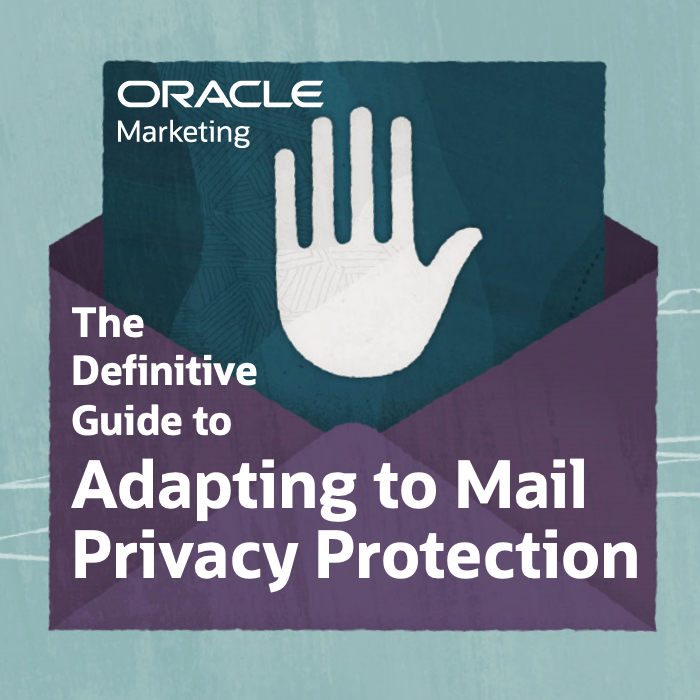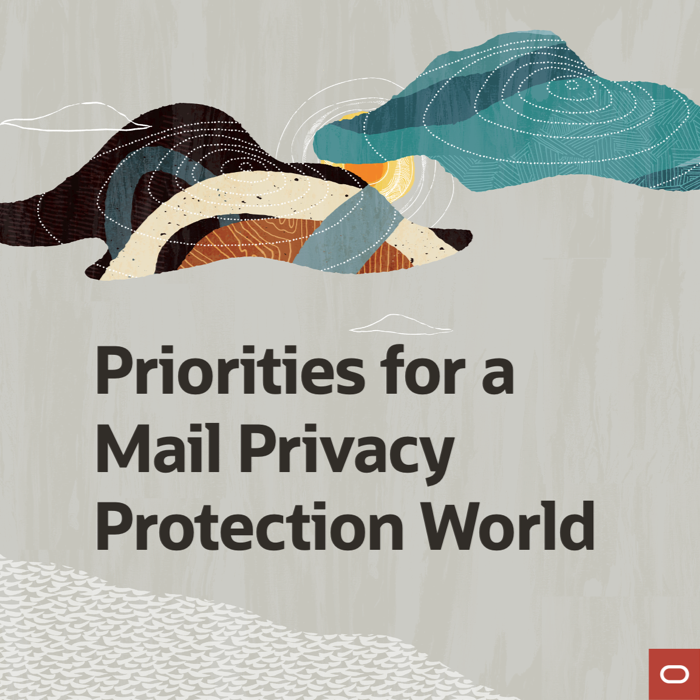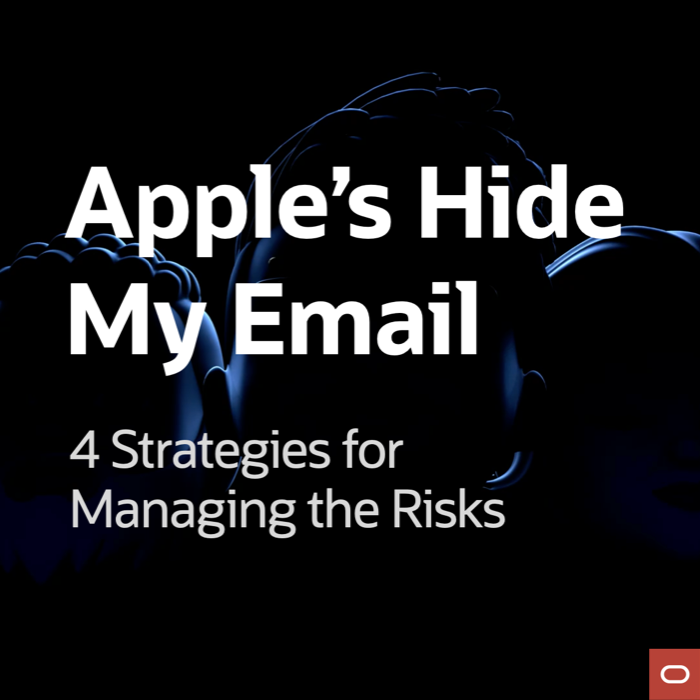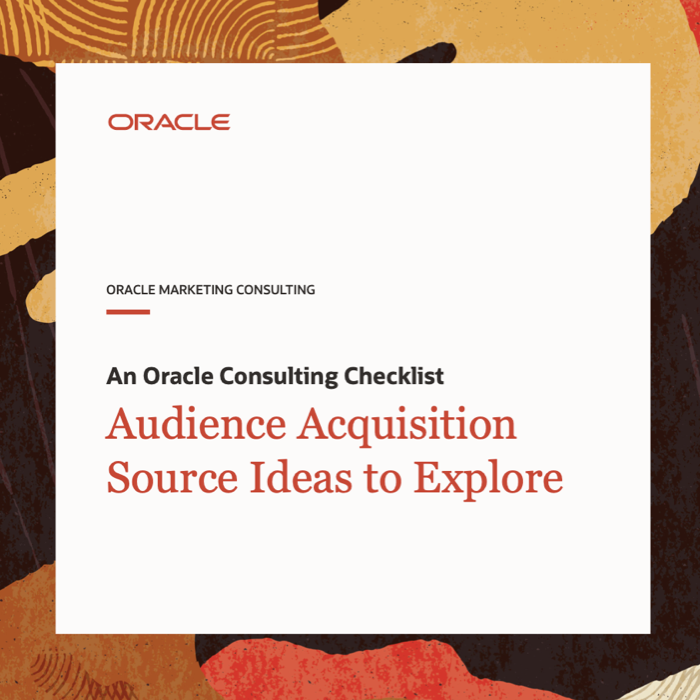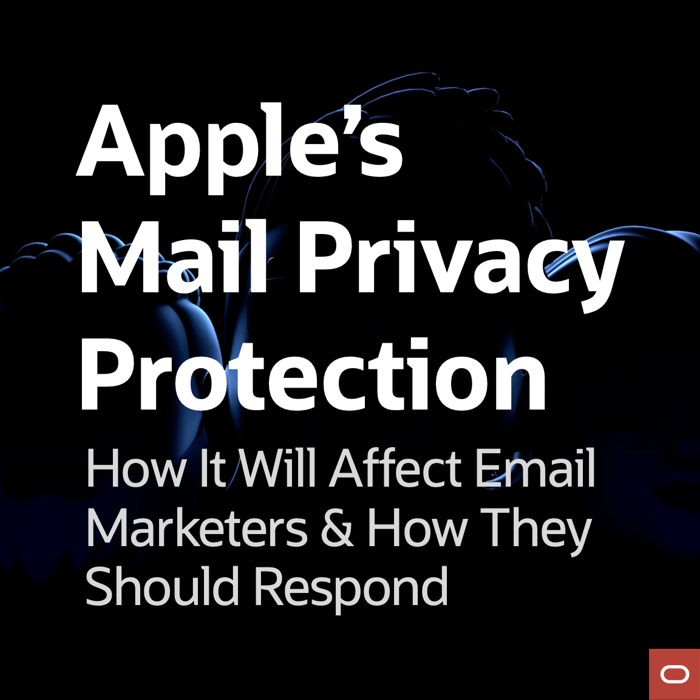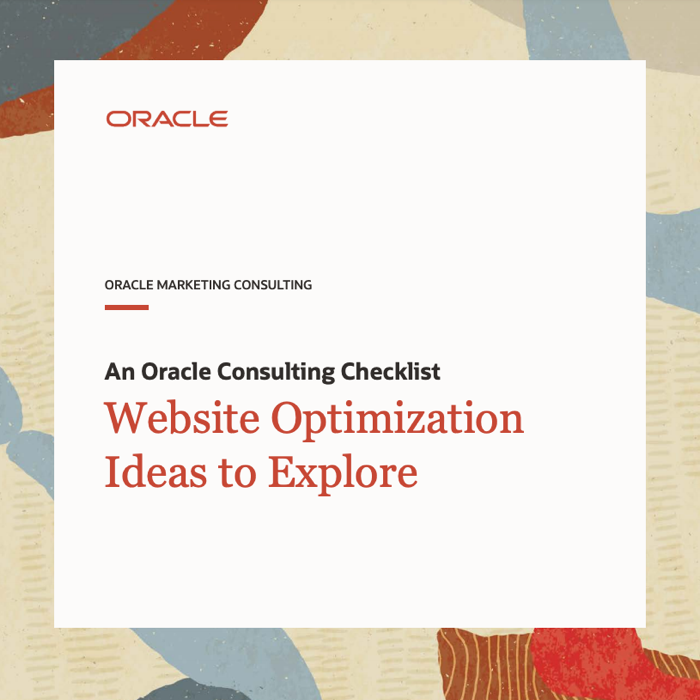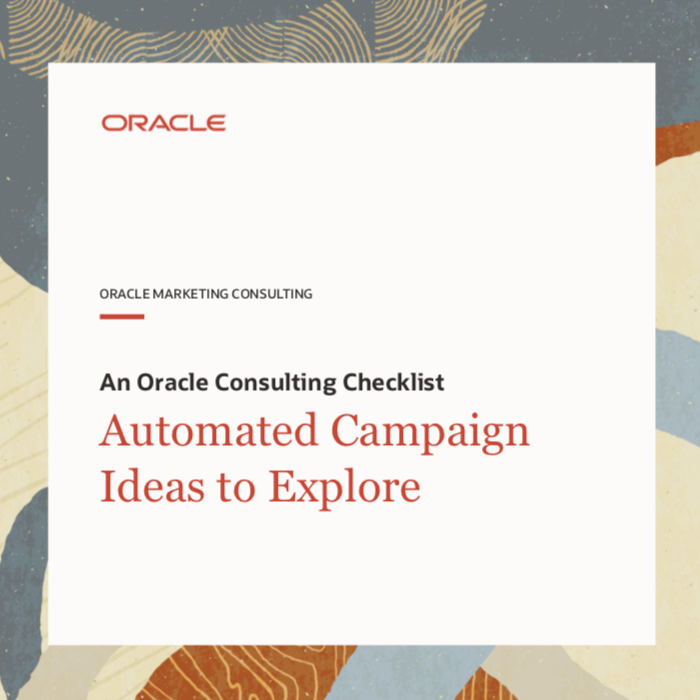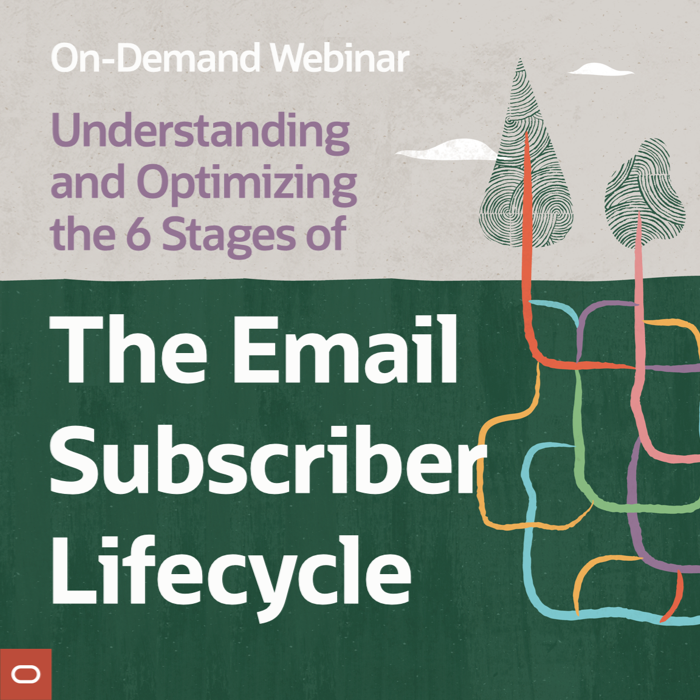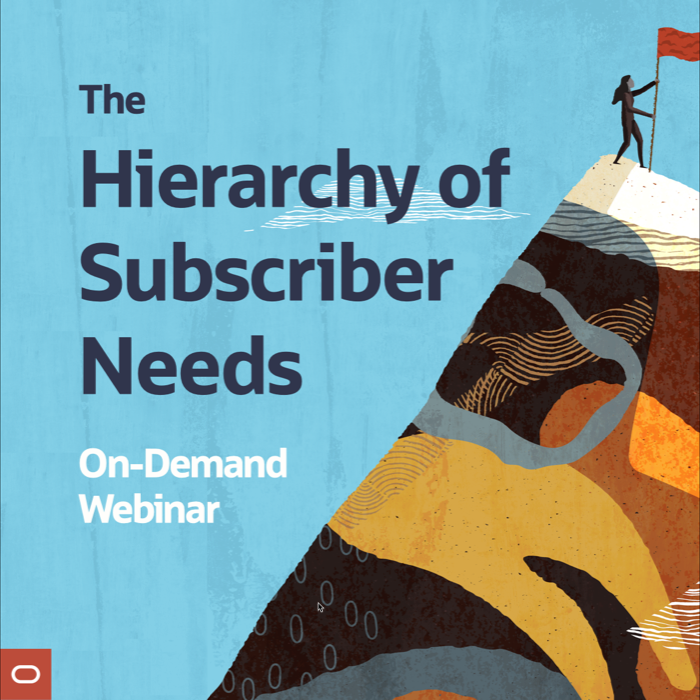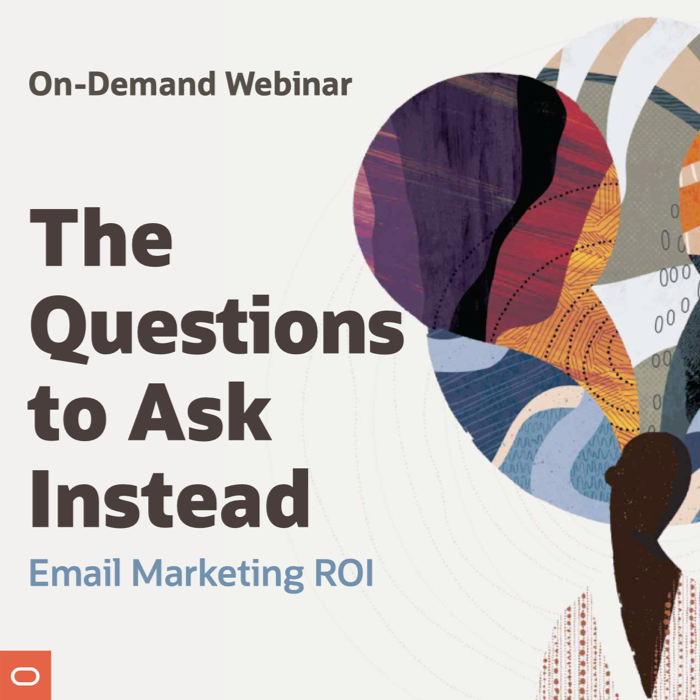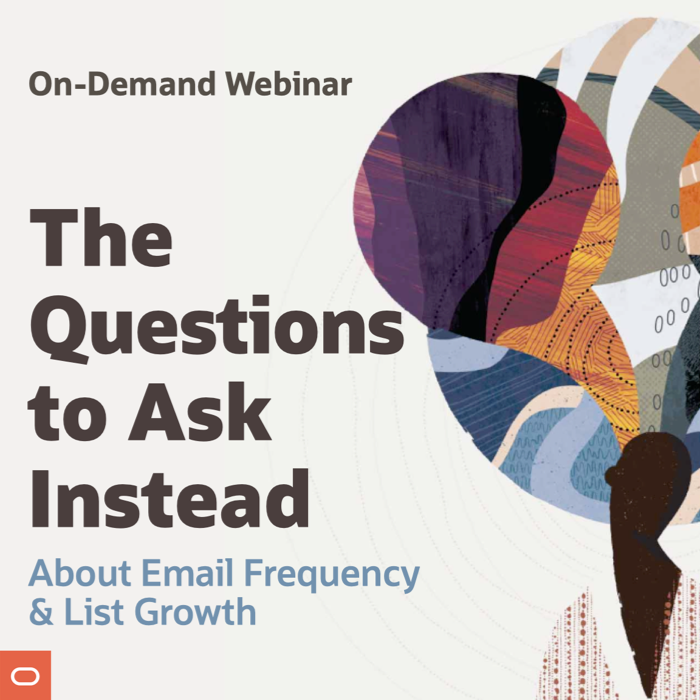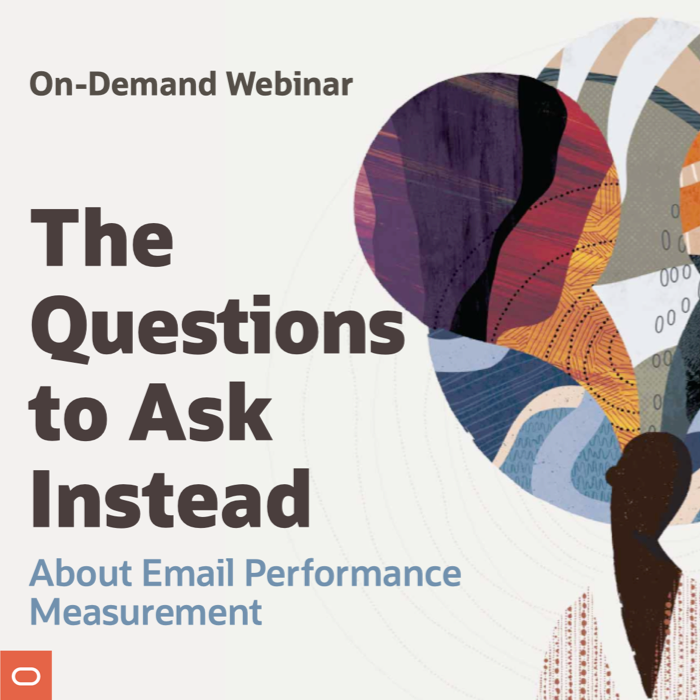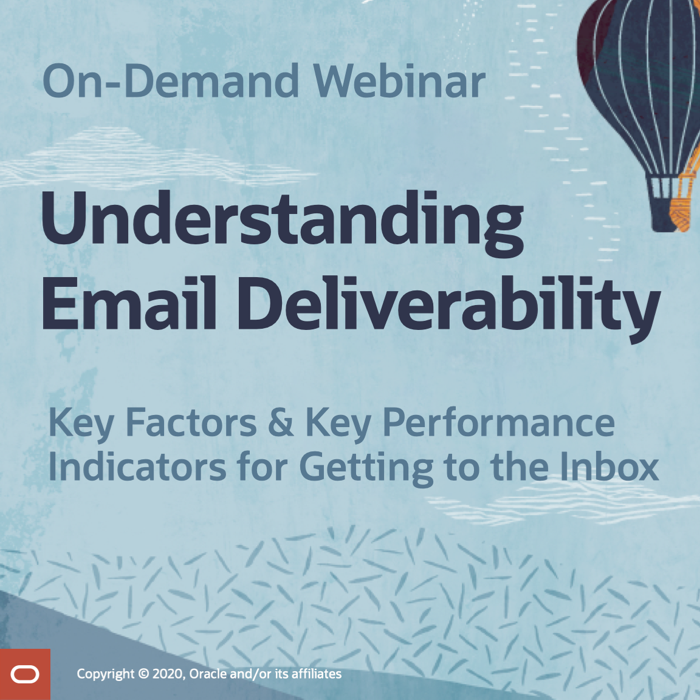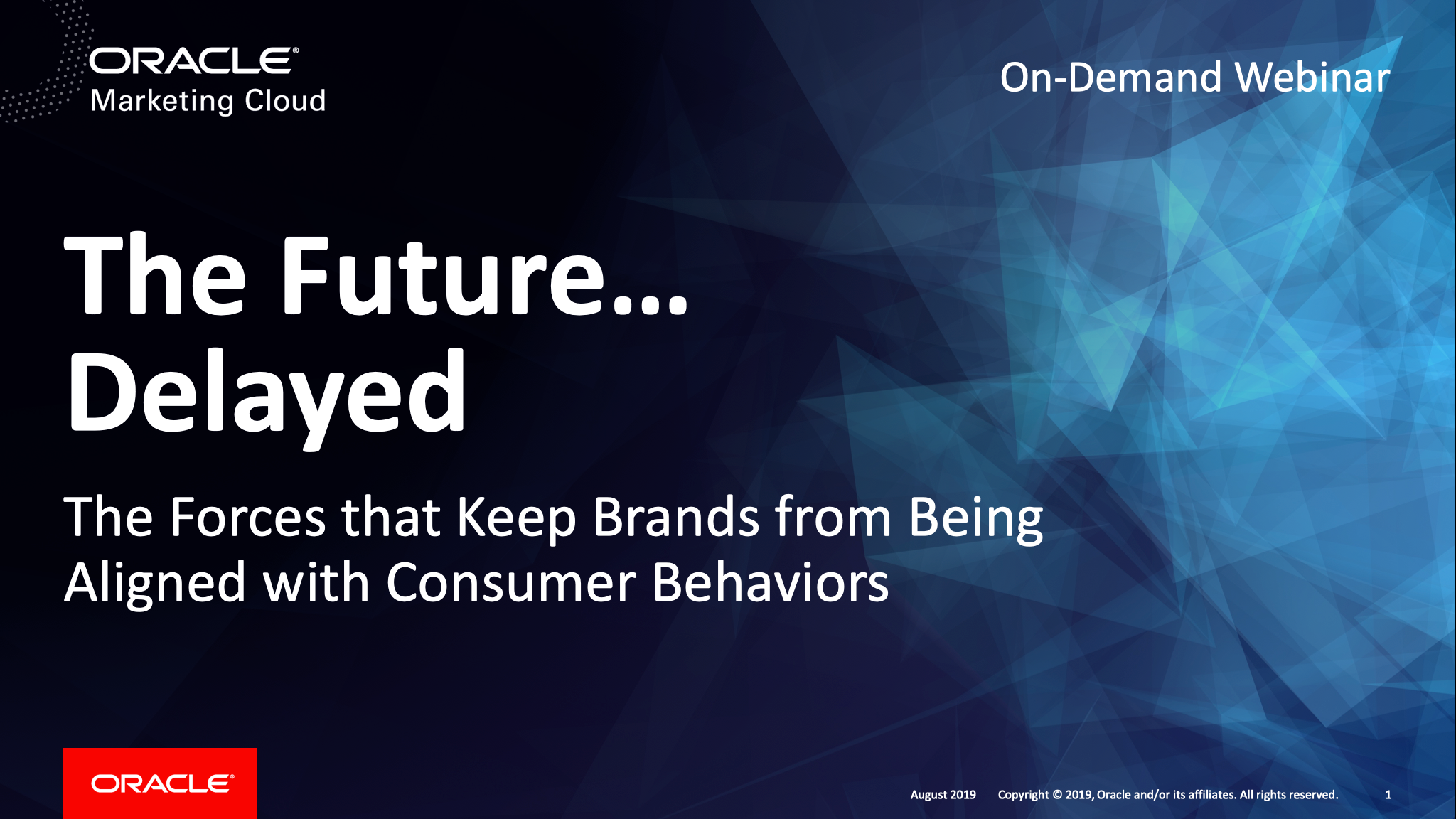Really Good Emails Podcast: Email Benchmarks
In Episode 2 of the new Really Good Emails Podcast, Matt Helbig and Mike Nelson dig into the results of their 2018 Email Industry Conditions study, which is based on survey responses from more than a thousand people in the industry. They talk about some of the most interesting stats—including team sizes,…
KoMarketing: Email Content Planning is Critical Step for Campaigns
Email content planning is becoming more sophisticated and more of a focus at many email marketing programs, according to the findings of Litmus’ 2018 State of Email Workflows report. Krystle Vermes of KoMarketing and I recently spoke about this trend. She asks me… More than half of marketers now say they use a…
Faster Is Rarely Better When It Comes to Email Creation Process Tasks

Creating an email campaign is complicated, taking about two weeks on average from start to finish, according to Litmus’ 2018 State of Email Workflows report. Brands with 500 or more employees take even longer, dedicating 54% more time on average than smaller companies on each of their emails. Hours—sometimes many hours—are spent…
Webinar Recording and Q&A: Email Workflows that Work
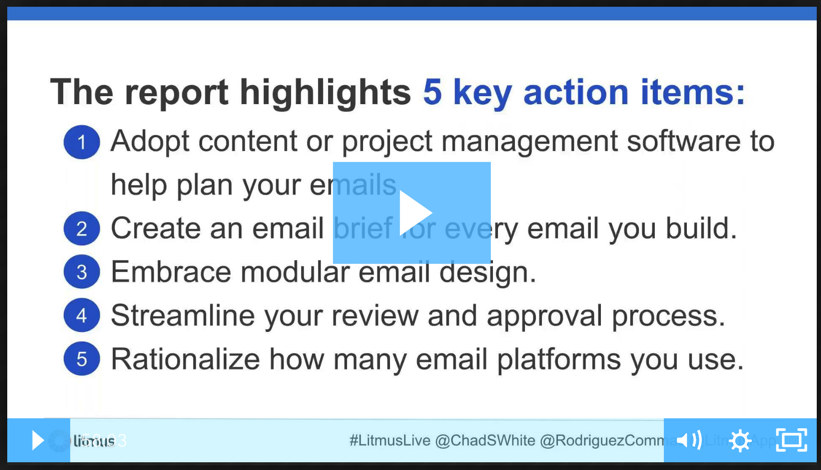
Your workflow is an expression of the investment you make in every email—and is itself a predictor of email program success. Most brands spend weeks planning and executing each email they produce. But what’s the secret to building a workflow that enables your team to get higher-quality emails out the door, faster?…
The Under-Staffing of Email Marketing Teams: 4 Faulty Justifications

Insufficient staffing and resourcing are major, persistent problems in the email marketing industry. Email marketers told Litmus that insufficient staffing was No. 2 on their list of the biggest email marketing challenges of 2018. They also told us that adding new staff and expanding their use of agencies and freelancers was at…
A Snapshot of an Email Team

Email marketing is a team sport. And like a sports team, it’s not just the people who are on the field that count. An email team generally consists of three groups: Internal team members, which consist of the full- and part-time employees on a brand’s email marketing team. External email team members,…
Report: 2018 State of Email Workflows
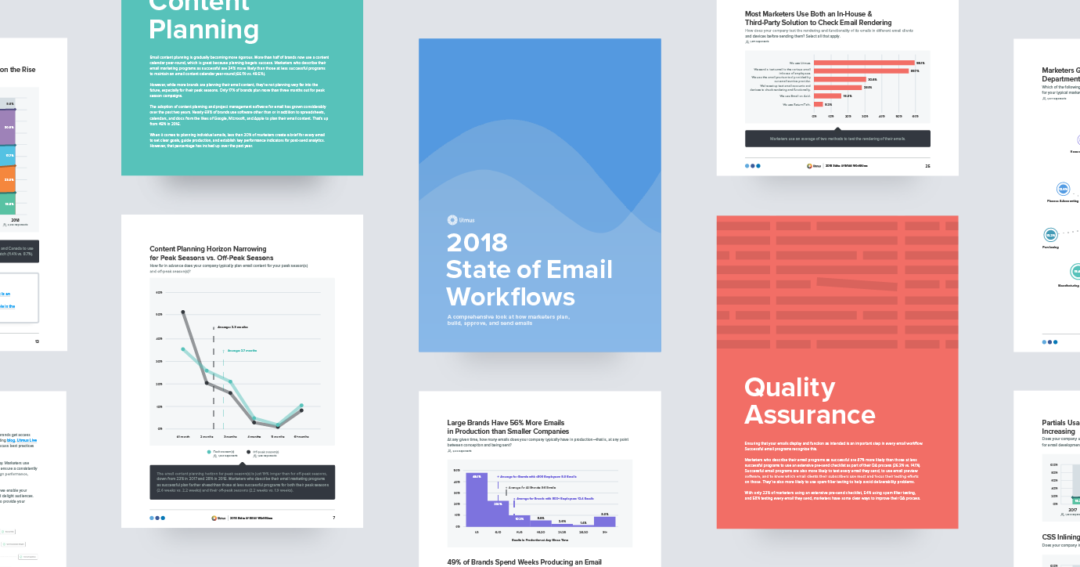
Creating a high-performing email takes time and the right resources. Most brands spend weeks planning and executing on each email they produce, and use many different tools along the way. Your workflow is an expression of the investment you make in every email—and is itself a predictor of email program success. Based…
The Best of the 2017 State of Email Survey Research Series

More than 3,500 marketers responded to Litmus’ 2017 State of Email Survey, which asked about all aspects of the email marketing program and powered a year-long series of reports, webinars, and blog posts. As we gear up to release the findings of our 2018 State of Email Survey, it seems like a…
Webinar Recording + Q&A: Building Successful Email Workflows
Based on our 2017 State of Email Survey of more than 3,500 marketers, our second annual State of Email Workflows report takes a detailed look at every stage of email creation—from planning and creation to quality assurance and sending. The report is focused on industry averages, but what does the exceptional email…
Would You Describe Email Marketing as ‘Failure-Friendly’?
Litmus posed that question to more than 1,000 marketers and to a group of email marketing experts and got very different answers. While marketers were very mixed, the experts said that failures in email were, at the very least, less painful than in other channels; and at most, necessary for optimizing the…
 Email Marketing Rules
Email Marketing Rules



